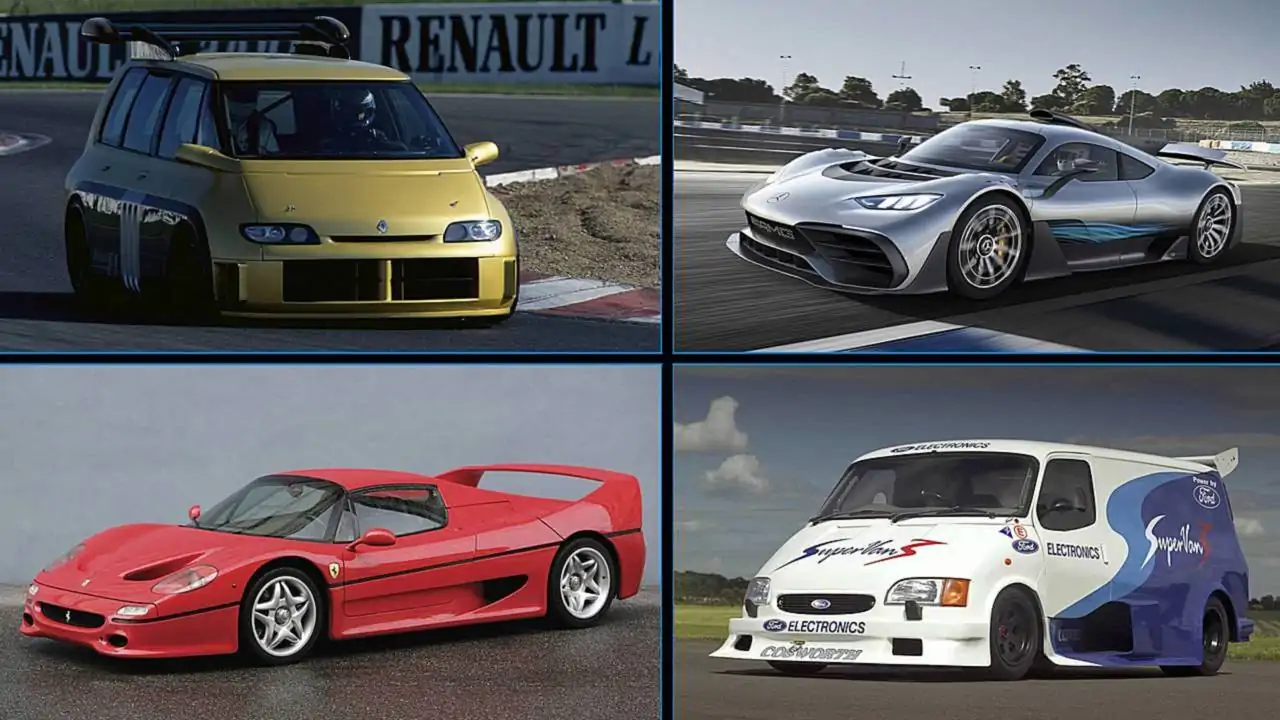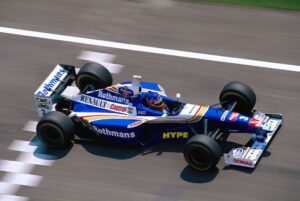The world of Formula 1 has always been a captivating spectacle of speed, power, and cutting-edge technology. With engines capable of unleashing immense power on the racetrack, it’s no wonder that several automakers have sought to bring this racing magic to the streets. Today, we’ll explore some remarkable road cars that have harnessed the heart of Formula 1 power, going through iconic Porsches as a result of a failed endeavour and even a Renault Minivan! Hang in there folks, this will be a fun one!
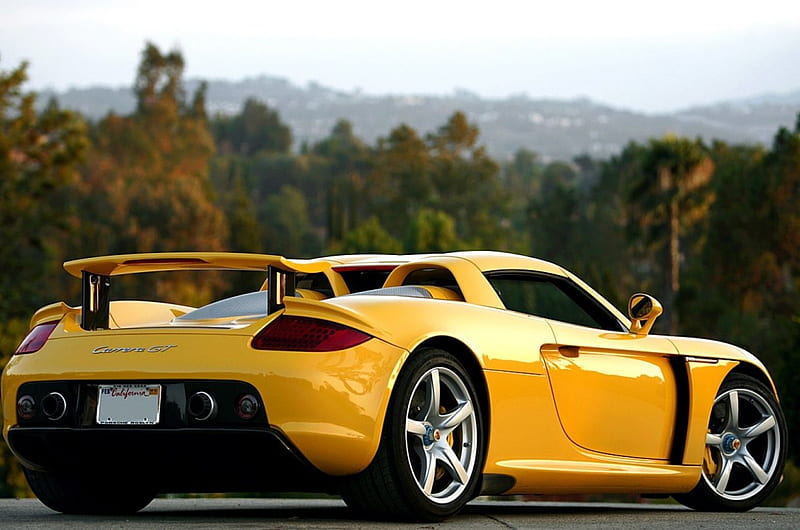
The Porsche Carrera GT is known for its 5.7-litre V10 engine which is controlled via a 6-speed Manual Transmission. This V10 was sourced from a shelved project with Footwork Arrows F1 Team which was too slow for competition in the 1990s as it failed to score points let alone finish races and was stated to be too heavy for the chassis to handle. This was a failed attempt of Porsche to enter into F1 but ended up being a glorious send-off into what is considered the greatest analogue supercar which famously took the life of Fast And Furious Franchise Actor, Paul Walker away.

In 1995, Renault stunned the automotive world by partnering with Matra, a renowned F1 constructor, to create the Renault Espace F1. This one-off concept minivan was powered by a 3.5-litre V10 engine from a Williams F1 car, producing a mind-boggling 800 horsepower. It was a remarkable demonstration of how F1-inspired power could be harnessed for unconventional road vehicles. It never went into production, it’s not hard to see why as it would’ve been a task to manufacture a mid-engined V10 and make it reliable for the masses but what an attempt it is!

The Ferrari F50, introduced in the late 1990s, featured a modified version of the 3.5-litre V12 engine from the Ferrari 641 Formula 1 car of the early ’90s. While not an actual F1 engine, it showcased Ferrari’s commitment to transferring F1 technology into a road-legal supercar. The F50’s V12 produced 513 horsepower, and only 349 units were ever made, making it a rare and coveted classic. In recent years, the F50 has gained some traction but it was always considered to be an ugly duckling of the Ferrari Specials as it wasn’t considered to be a bigger upgrade over the competition and its predecessor Ferrari F40 which was the last Ferrari to be signed off by company founder Enzo Ferrari so it was always hard to be followed in its legacy.

The BMW M5 E60, produced from 2005 to 2010, didn’t house an F1 engine, but it borrowed technology from BMW’s F1 endeavours. Under the hood was a 5.0-litre V10 engine that produced 500 horsepower, revving to an impressive 8,250 RPM. The M5 E60 was a true wolf in sheep’s clothing, a sedan with the heart of a race car, setting new standards for high-performance sports sedans. It’s very well documented in regards to the transmission which it used which was the SMG and specifically its Pump which used to fail. Also, the famous Rod Bearings used to Fail which meant an engine rebuild. As an F1 affectionate, this may be easy to swallow but not for the customer base which was a business executive class who didn’t know much about cars and hated this car for its unreliability. Oh, How Silly of these entitled owners who didn’t think of considering themselves as Juan Pablo Montoya who was racing a German Supersaloon.
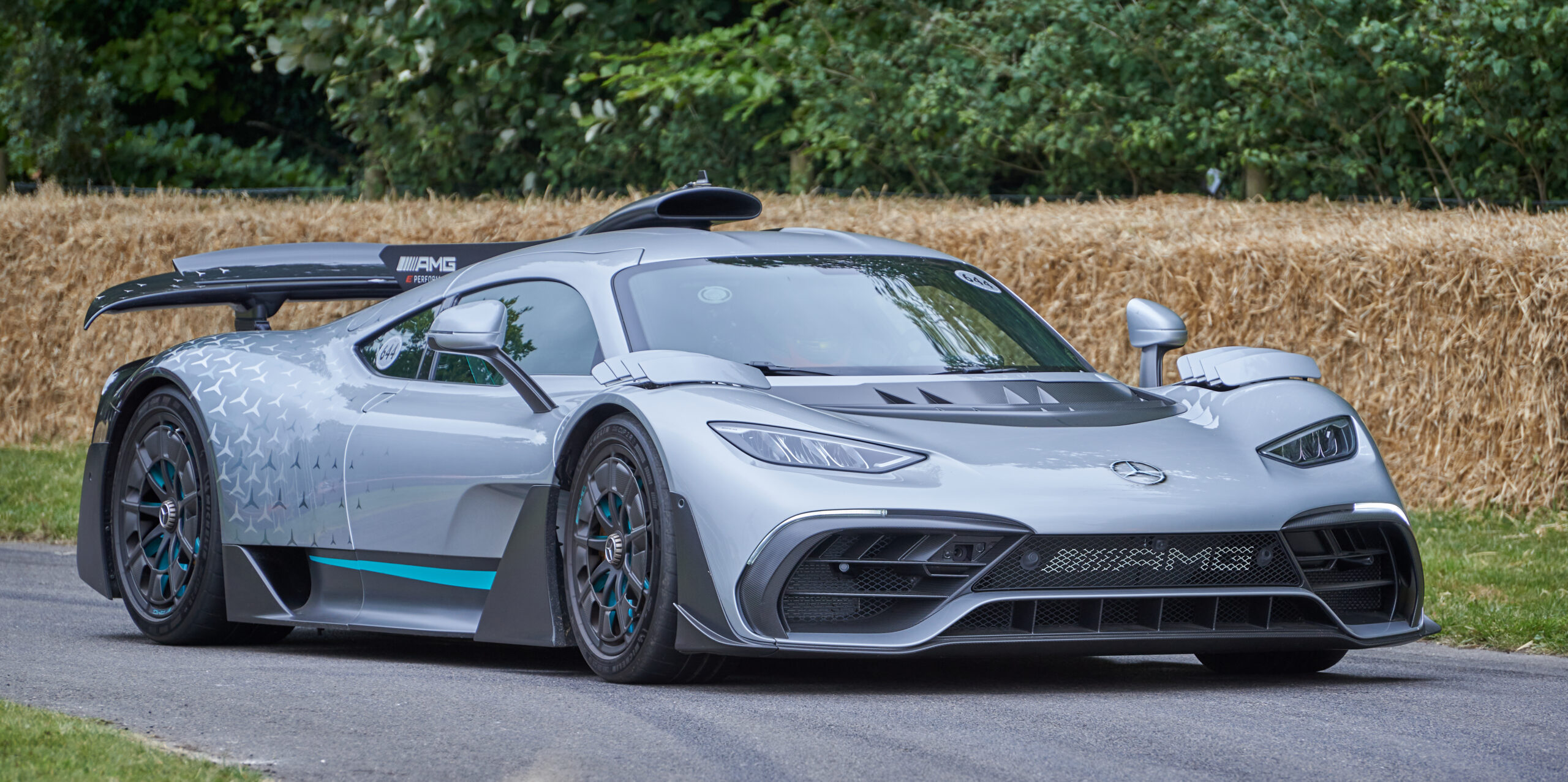
The Mercedes-AMG ONE is a modern hypercar that brings Formula 1 technology to the streets. Its 1.6-litre V6 hybrid power unit is derived directly from Lewis Hamilton’s championship-winning F1 car, capable of revving to an astonishing 11,000 RPM. It looks like it has hit a lot of hurdles in its production line as the engine specs do not scream anything more than a standard supercar as it does 0-100 in 2.7 seconds. That is fast no matter what but a McLaren 765LT produces those numbers and can be bought for less than half the price. With over 1,000 horsepower, this road-legal rocket showcases the potential of F1-derived technology in a limited production run of just 275 units. It is a bit sad that this car didn’t come a bit earlier in terms of delivery which is just starting when it should’ve happened in 2018 ish as at that point, the Silver Arrows would’ve been able to cash on the impressive on-track F1 dominance. Today, the hypercar has started to make less sense but if you want an F1 engine in your car for $2-3 Million, look no further than the Mercedes AMG ONE.
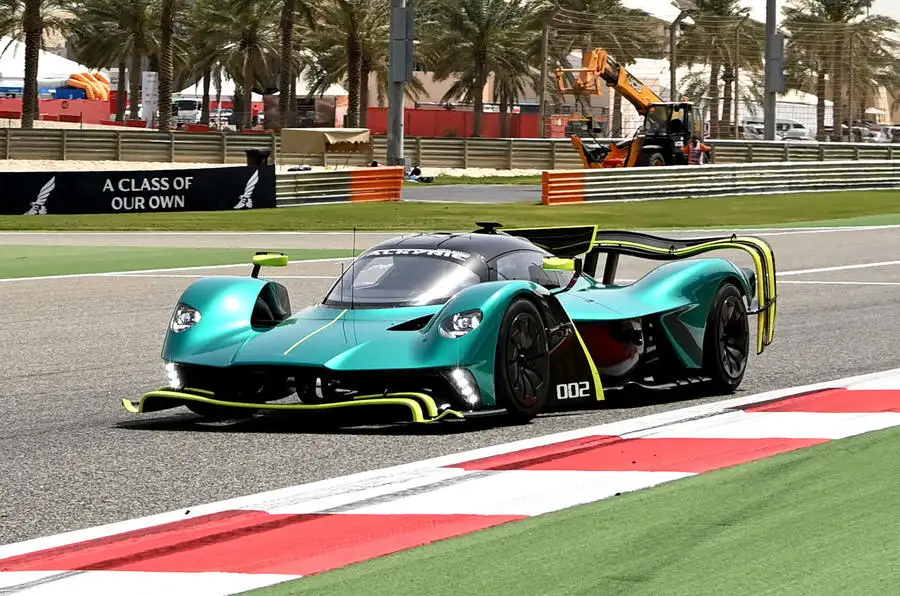
The Aston Martin Valkyrie is another F1-inspired masterpiece, developed in collaboration with Red Bull Racing and the brainchild of Adrian Newey. This hypercar boasts a 6.5-litre naturally aspirated V12 engine designed by Cosworth and a KERS-style hybrid system. The result is a power output that exceeds 1,000 horsepower, making it a true embodiment of F1-inspired engineering for the road. Recently, this rocketship was making headlines as it was the closest experience to a road-legal racecar.
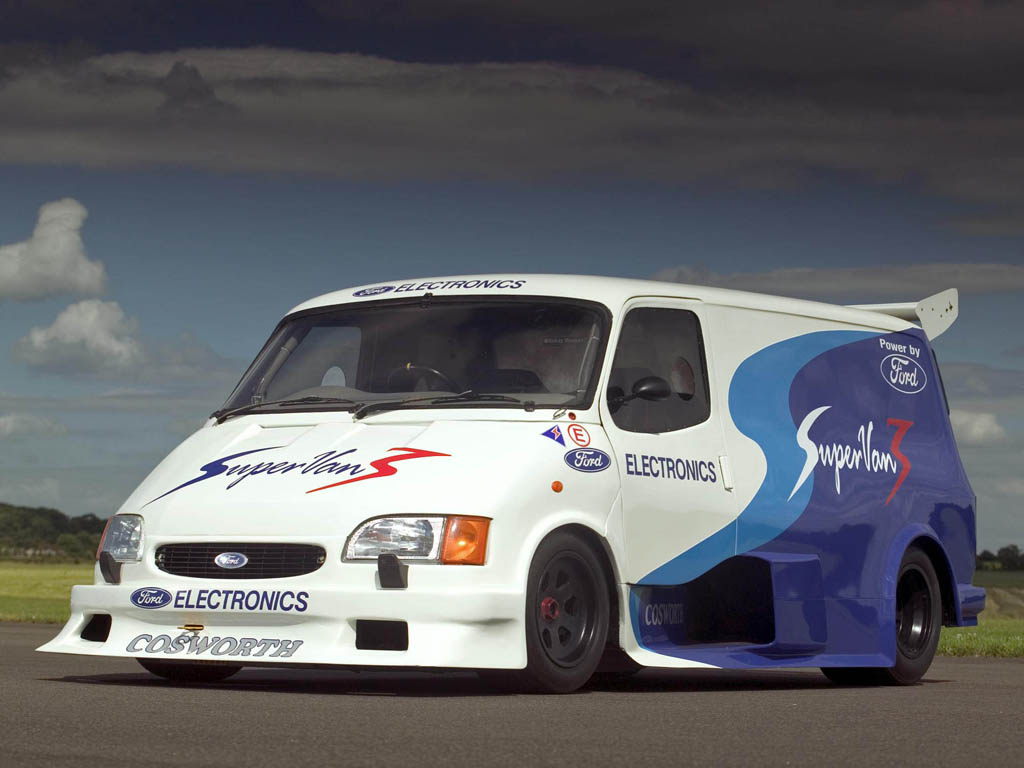
We didn’t forget the Ford Cosworth Concept Van 3 but what needs to be noted is that the fusion of Formula 1 technology with road cars has produced some of the most exciting and awe-inspiring vehicles in automotive history. Whether they contain actual F1 engines or F1-inspired technology, these road cars represent the ongoing pursuit of pushing the limits of performance and engineering in the automotive world. It should be considered that these engines would require extensive maintenance but if you can fathom that, look no further. From the classic Ferrari F50 to the modern marvels like the Mercedes-AMG ONE and Aston Martin Valkyrie, these cars serve as a testament to the boundless creativity and innovation of the automotive industry, showing that F1’s heart-pounding performance can be enjoyed on the open road.

